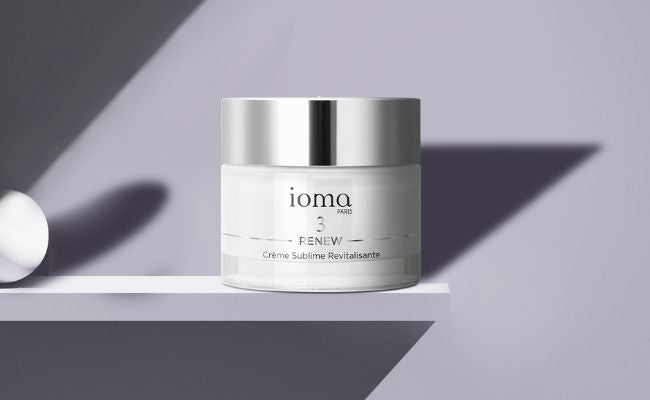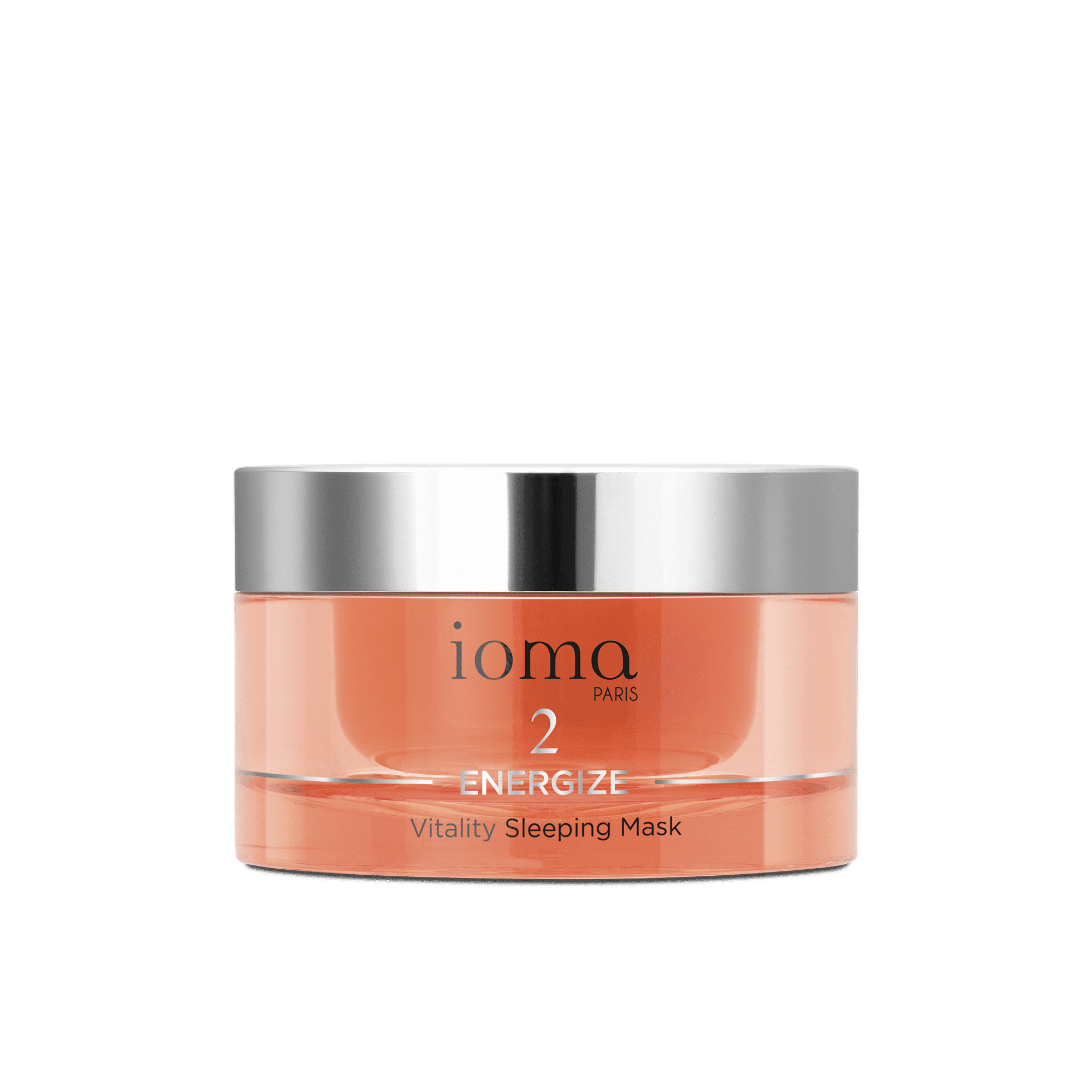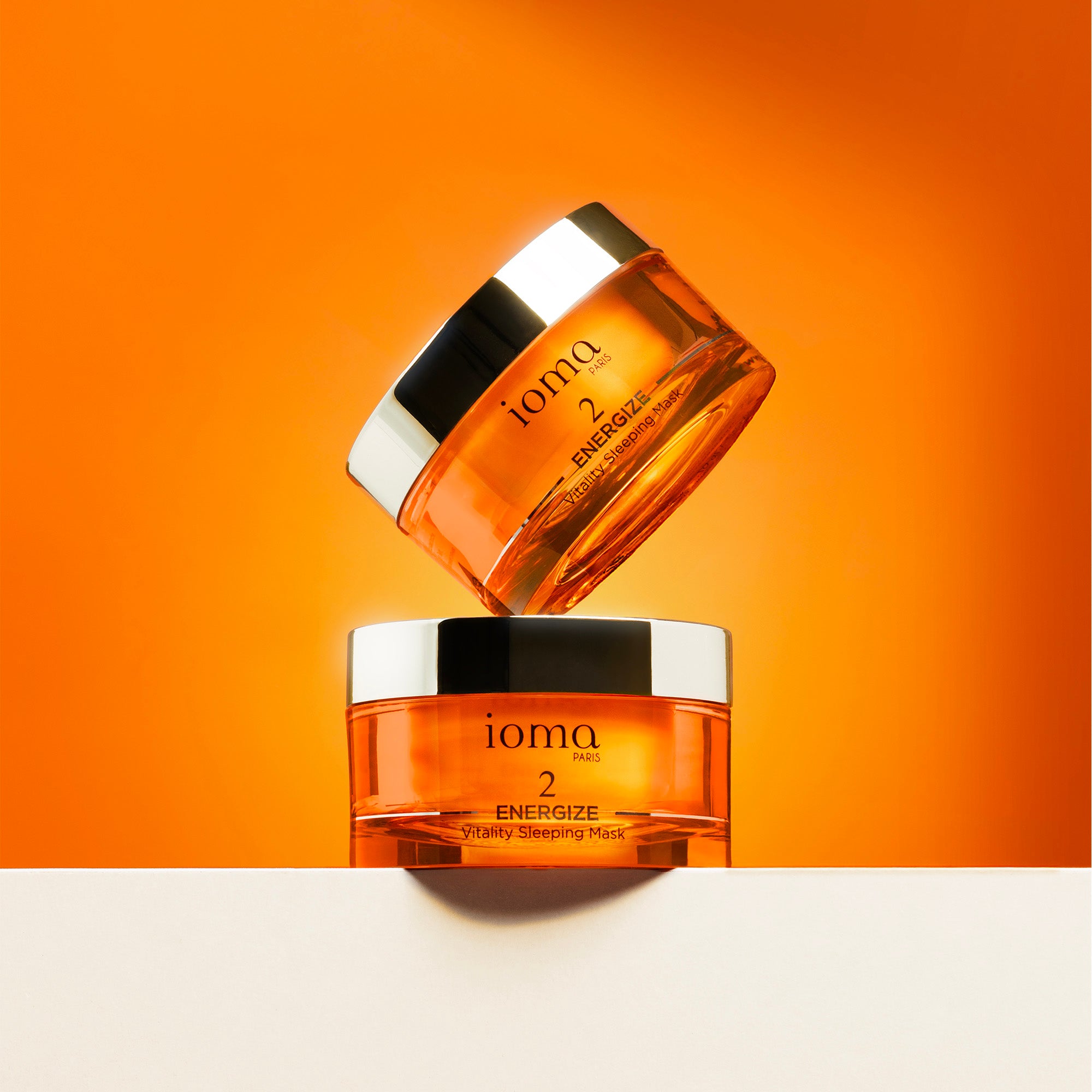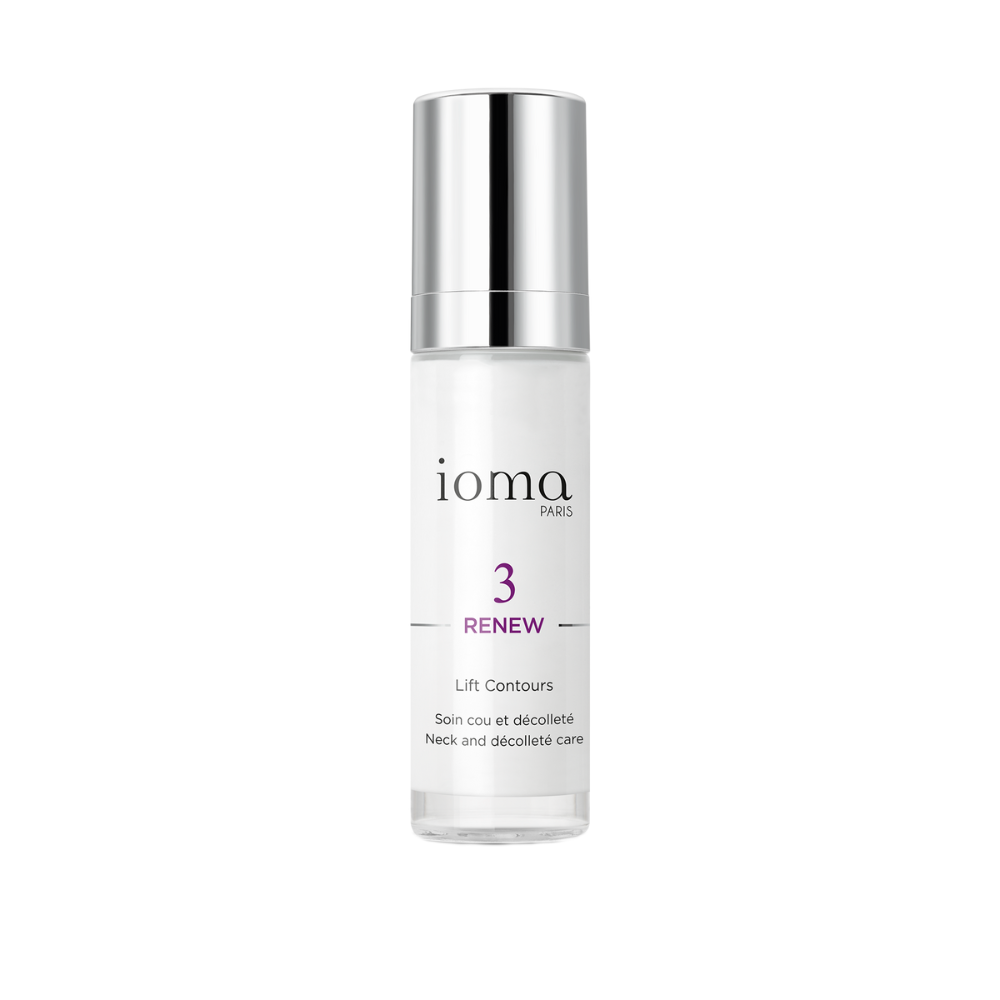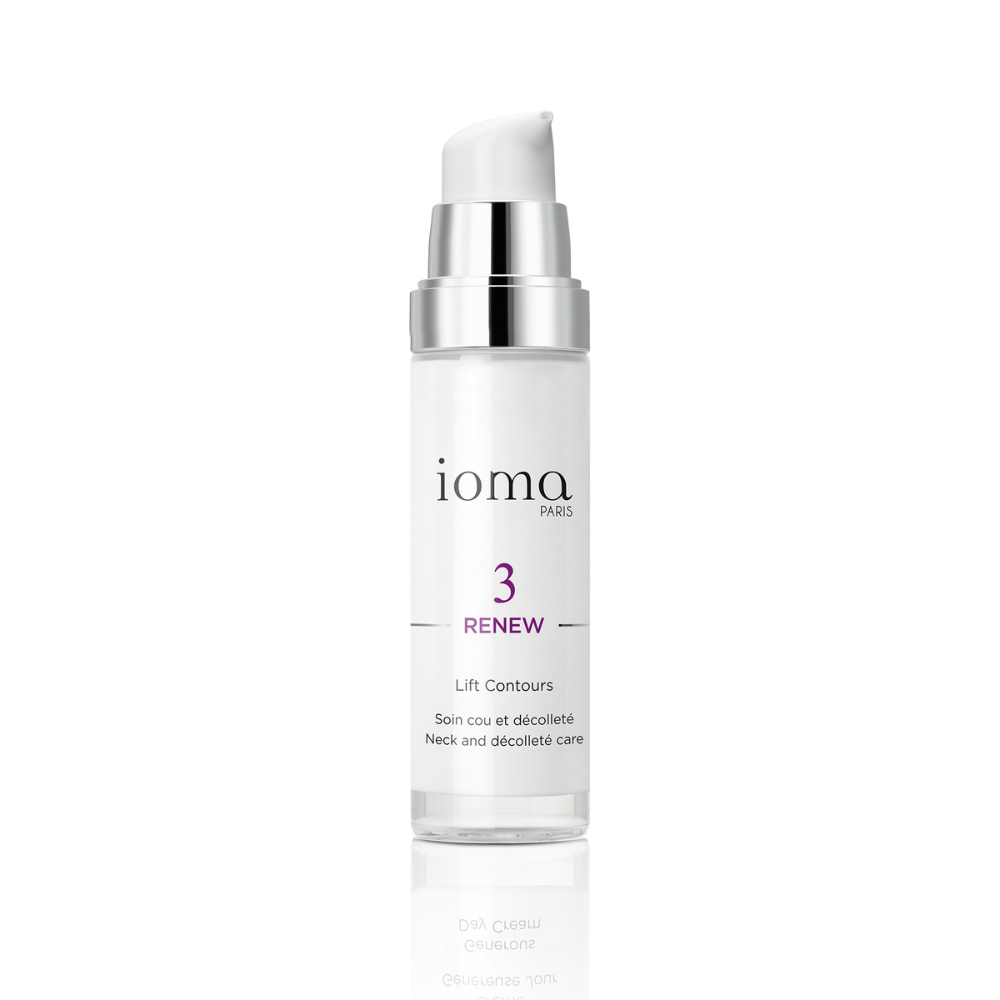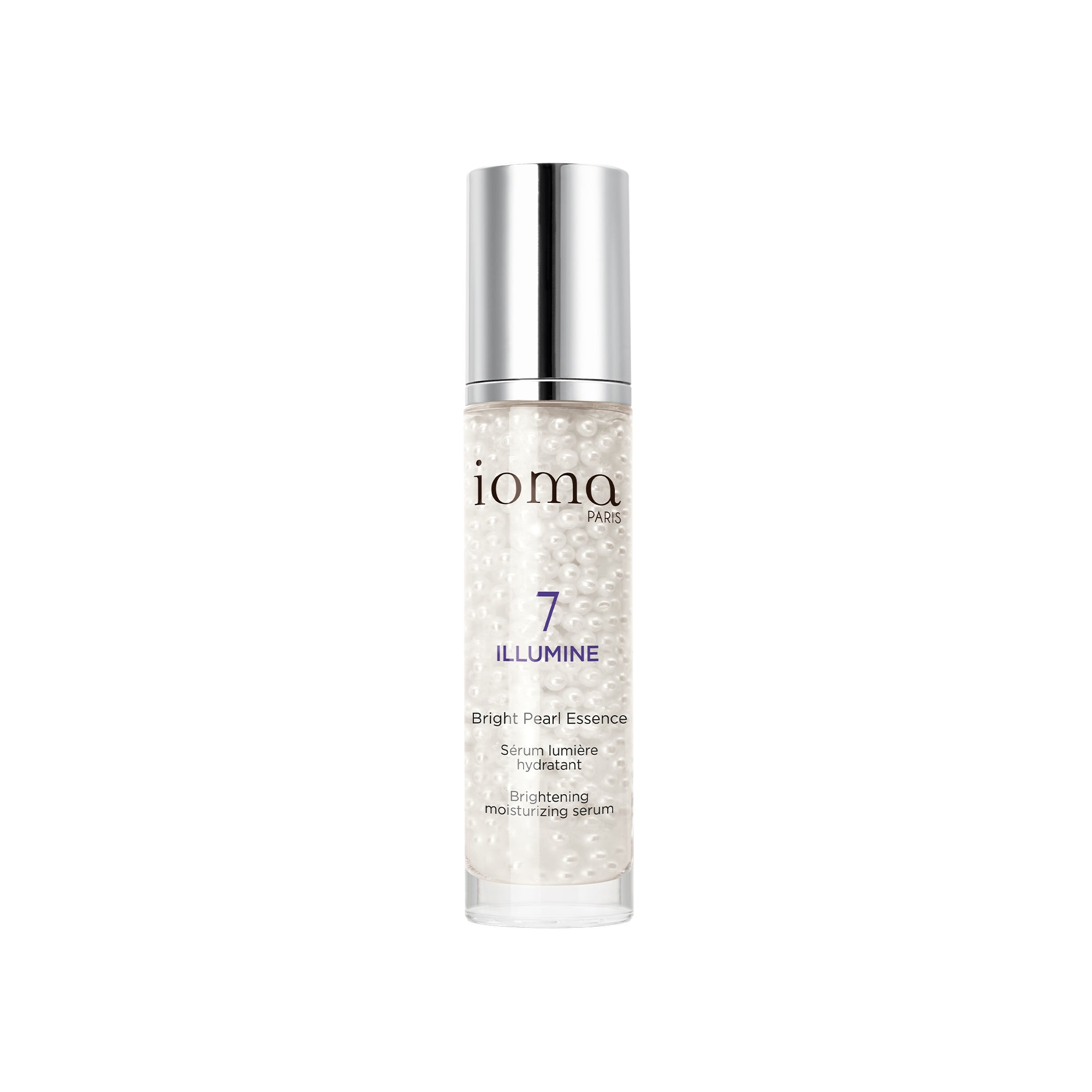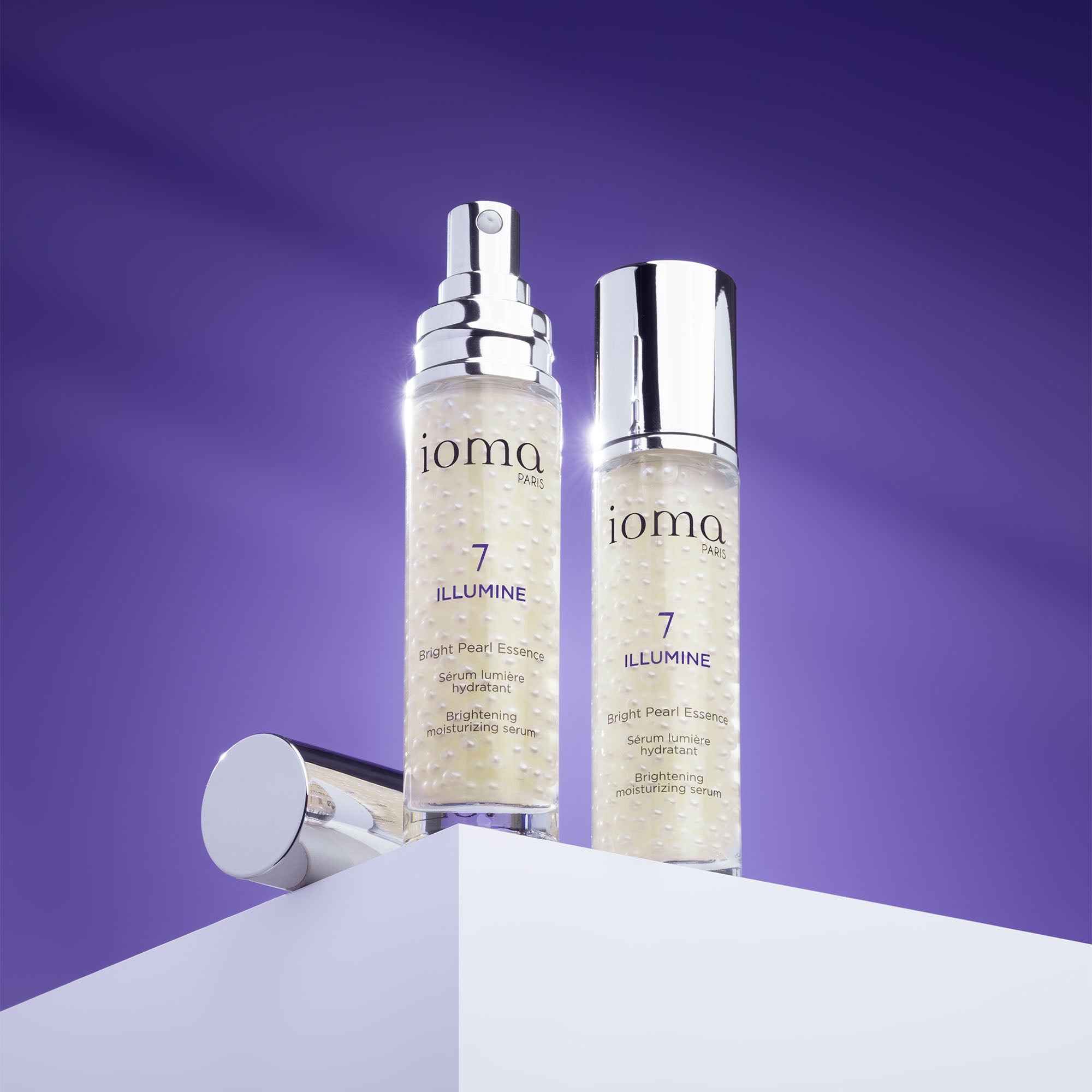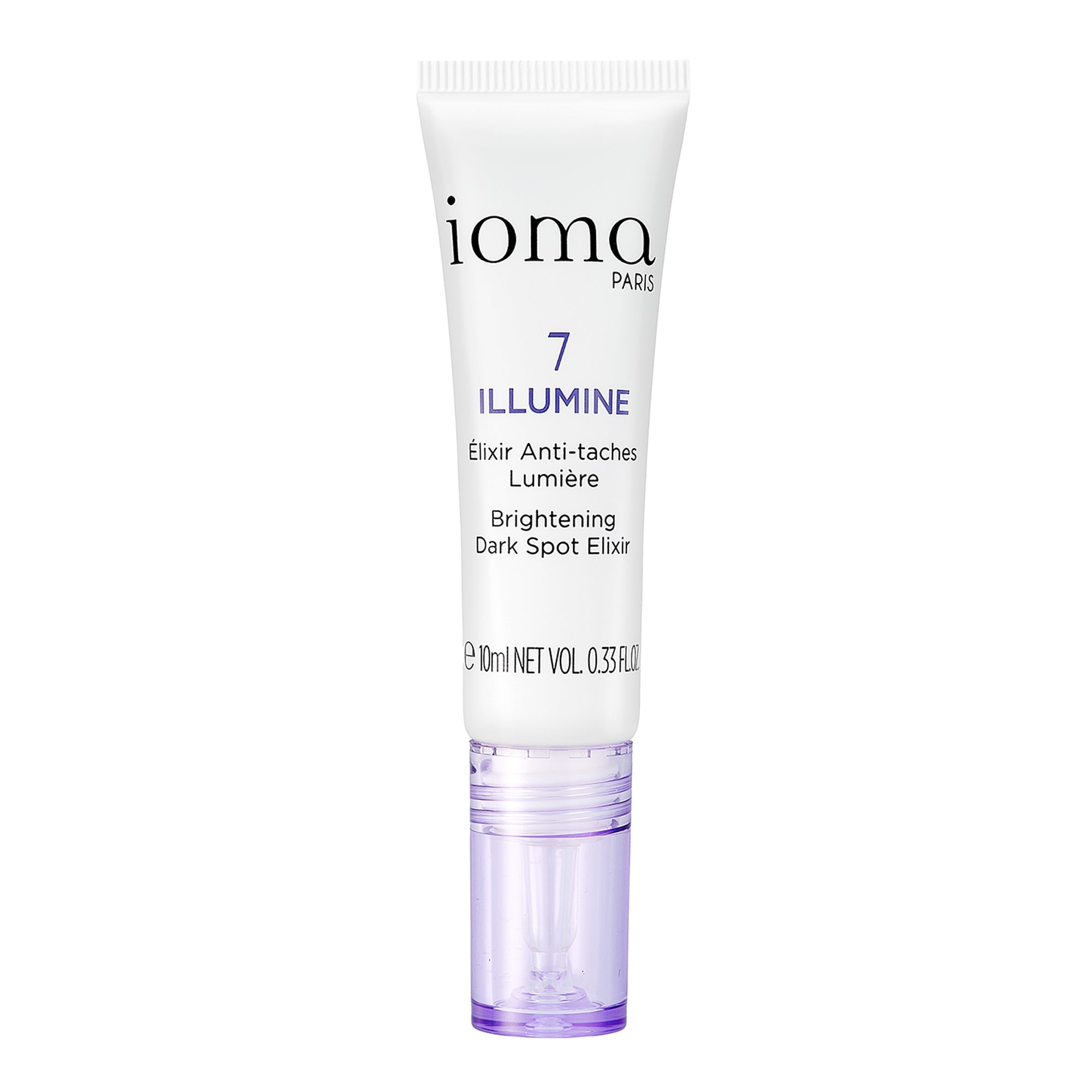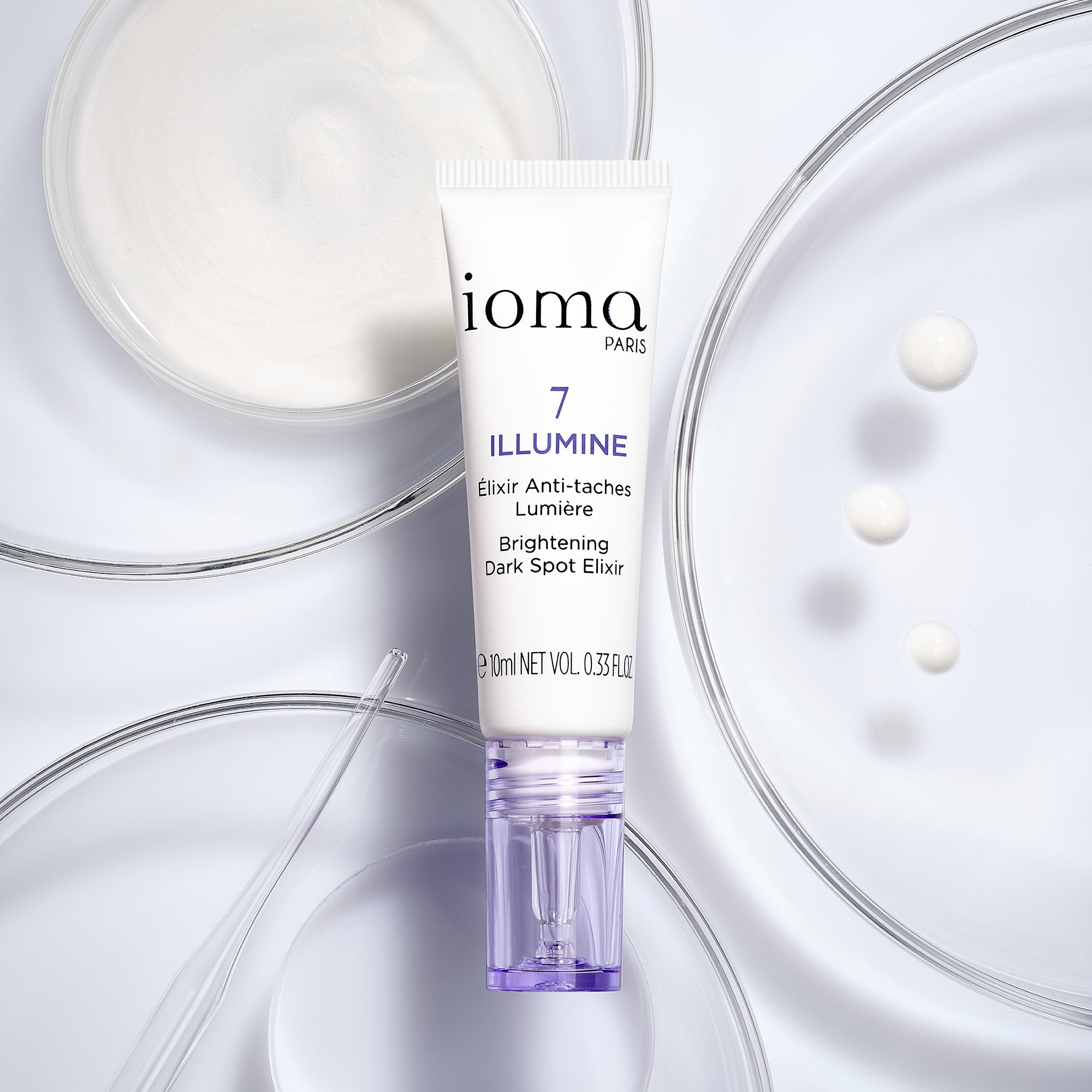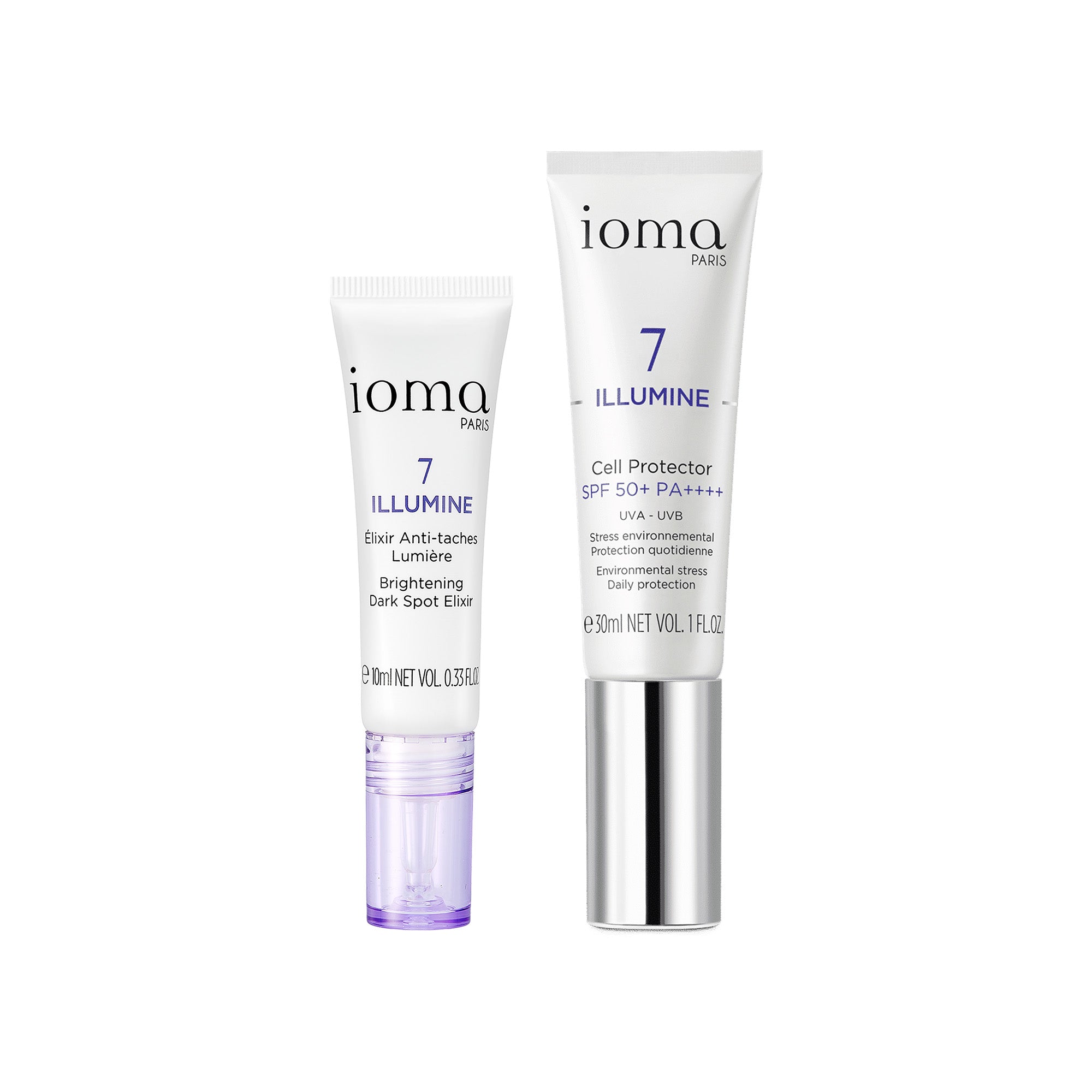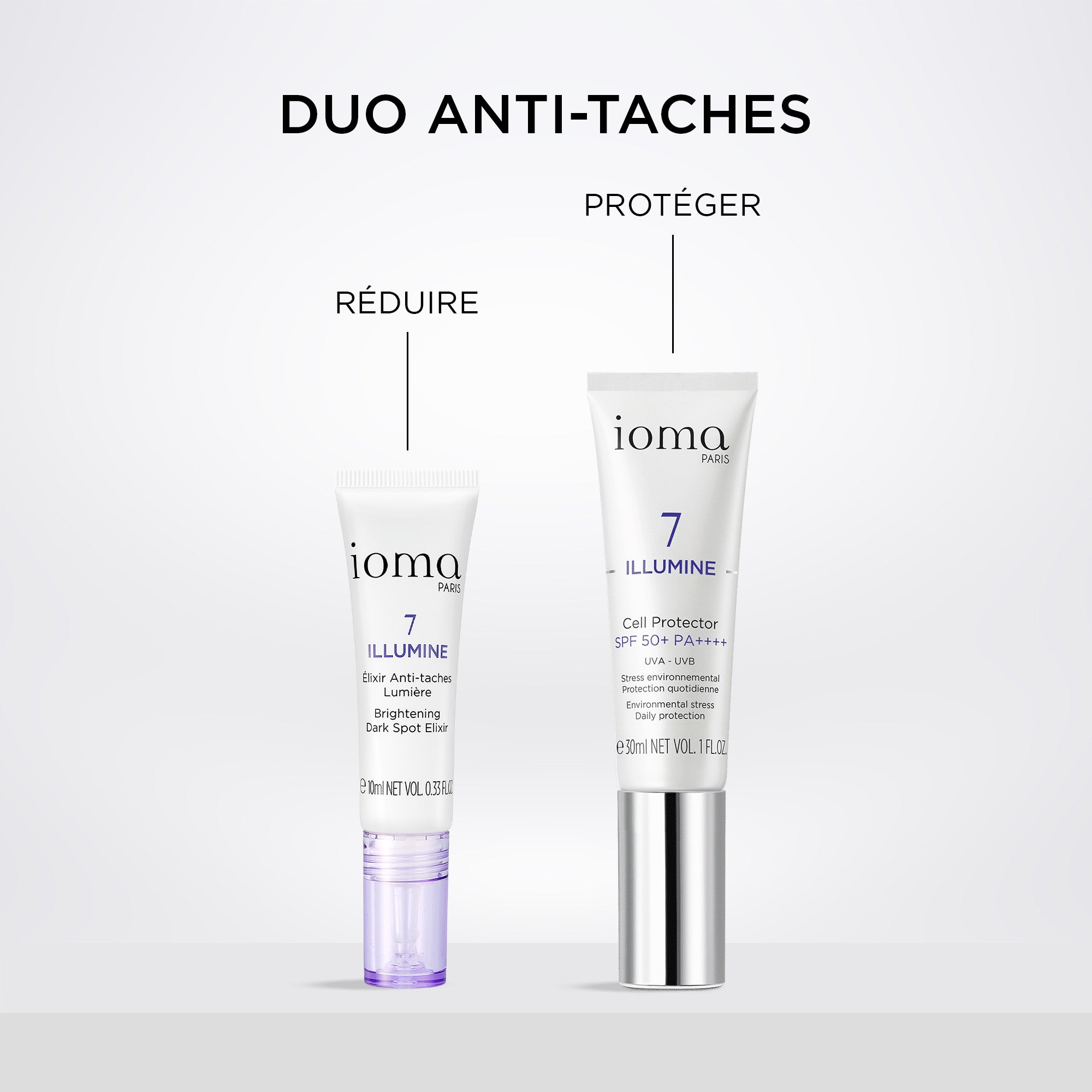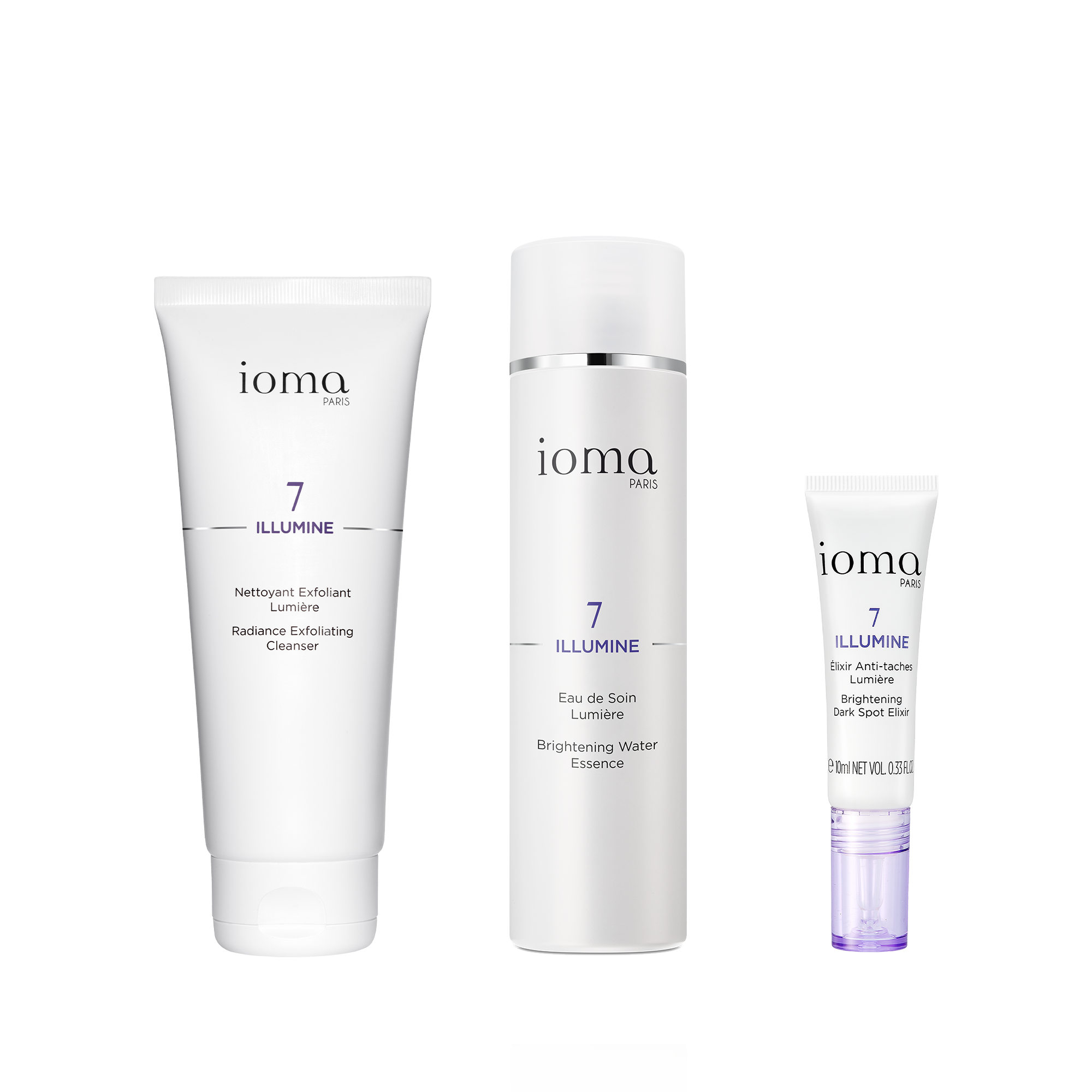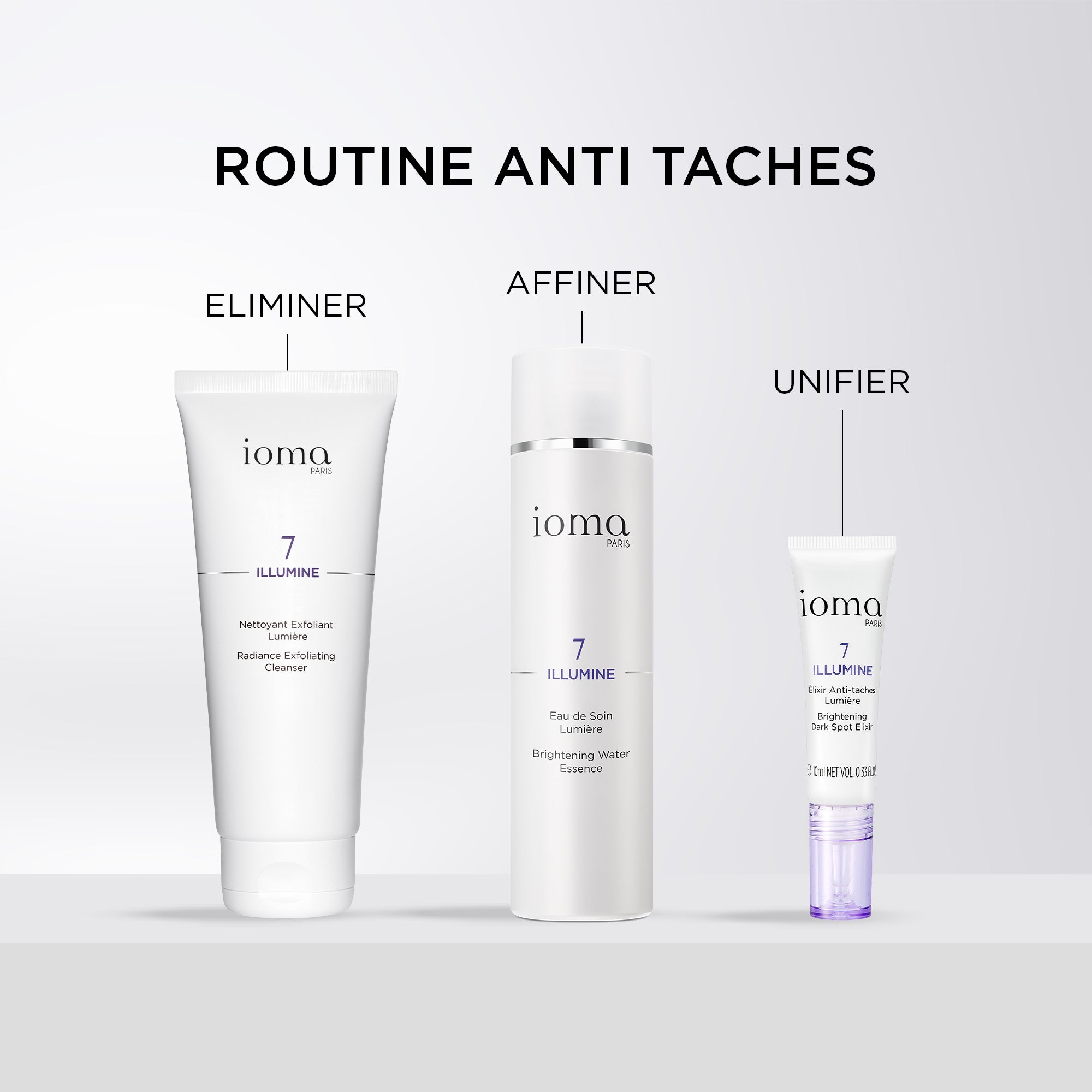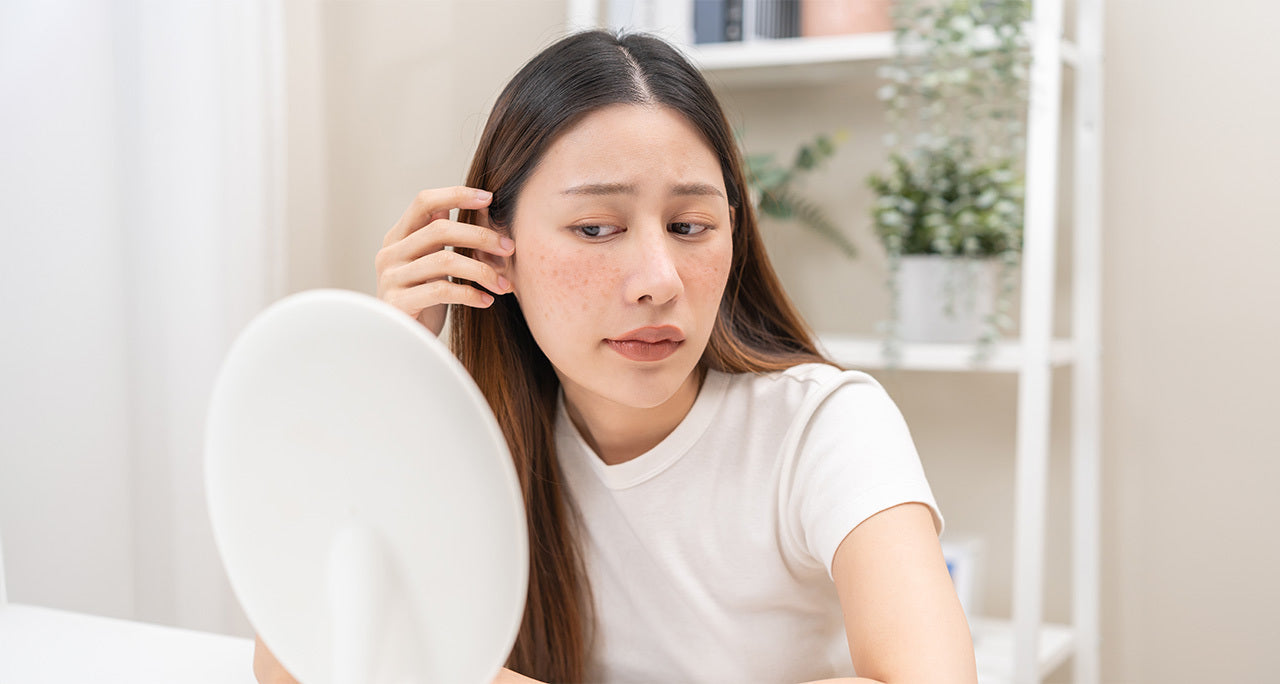
Niacinamide: The Miracle Ingredient to Reduce Pigment Spots and Even Out Skin Tone
Niacinamide: What is it?
Niacinamide is a form of vitamin B3, a water-soluble nutrient essential for skin health. It is popular in skin care for its ability to improve the appearance and texture of skin without causing irritation. Suitable for all skin types, even sensitive skin, niacinamide is particularly prized for its calming and hydrating effects.
Mode of action of Niacinamide
One of the main benefits of niacinamide is its ability to strengthen the skin barrier. By improving water retention, it helps keep skin hydrated, supple, and protected from external aggressors like pollution or UV rays . This plays a vital role in improving skin radiance and texture. At the same time, niacinamide regulates sebum production, which helps prevent excess shine and reduce blemishes. However, its effectiveness on dark spots is one of its most notable benefits.
Action of Niacinamide on Melanin and Pigment Spots
Melanin is the pigment responsible for skin color. When its production is disrupted, it can cause dark spots, called hyperpigmentation. Niacinamide works by blocking the transfer of melanin to skin cells, thus reducing the formation of new spots and reducing the appearance of existing ones. This mechanism makes it a key ingredient for treating dark spots related to sun exposure, inflammation, or aging.
The Importance of Anti-Inflammatory Properties
Niacinamide also stands out for its anti-inflammatory properties, which help calm skin redness and irritation. This is especially beneficial for those with acne-prone or sensitive skin. By reducing inflammation, it prevents post-inflammatory hyperpigmentation, a common cause of dark spots on the skin. Additionally, its ability to stimulate collagen production and improve skin elasticity makes it an excellent ingredient for preventing and treating visible signs of aging, such as fine lines and wrinkles. Furthermore, niacinamide is also known for its effectiveness in treating acne scars and other skin damage, thanks to its anti-inflammatory action and ability to repair tissue. By promoting healing and minimizing the marks left by blemishes, it helps maintain a more even and radiant complexion, while preventing new spots and irritation.
Preventive and healing action
In addition to its action on pigment spots, niacinamide has preventative and healing properties that make it ideal for treating other skin problems. Thanks to its role in strengthening the skin barrier, it helps the skin protect itself against environmental stressors, such as UV rays and pollution , which can accelerate skin aging and cause damage. By strengthening this barrier, niacinamide limits transepidermal water loss, contributing to better hydration and more resilient skin.
IOMA's Anti-Dark Spot Light Elixir: A unified and radiant complexion
At IOMA, the Anti-Dark Spot Light Elixir was designed to meet the specific needs of those suffering from pigment spots and looking to even out their complexion. This treatment is formulated to harness the benefits of niacinamide, offering an effective solution for those wishing to treat dark spots while enhancing their skin's natural radiance. The Anti-Dark Spot Light Elixir is a true concentrate that works deep down to reduce dark spots and restore skin's luminosity. Combined with hydrating and soothing ingredients, this treatment not only helps correct dark spots, but also protects the skin from future aggressions and prevents the formation of new ones.
Why integrate Niacinamide into your routine?
Incorporating niacinamide into your skincare routine is an ideal solution for those looking to treat dark spots while also taking care of their skin's overall health. Its multifunctional benefits—hydration, protection, soothing, and evening skin tone—make it a versatile ingredient. Niacinamide is a multi-benefit ingredient for the skin, particularly effective at reducing dark spots and improving radiance. Its anti-inflammatory properties and ability to regulate melanin production make it a powerful ally in the fight against hyperpigmentation.

